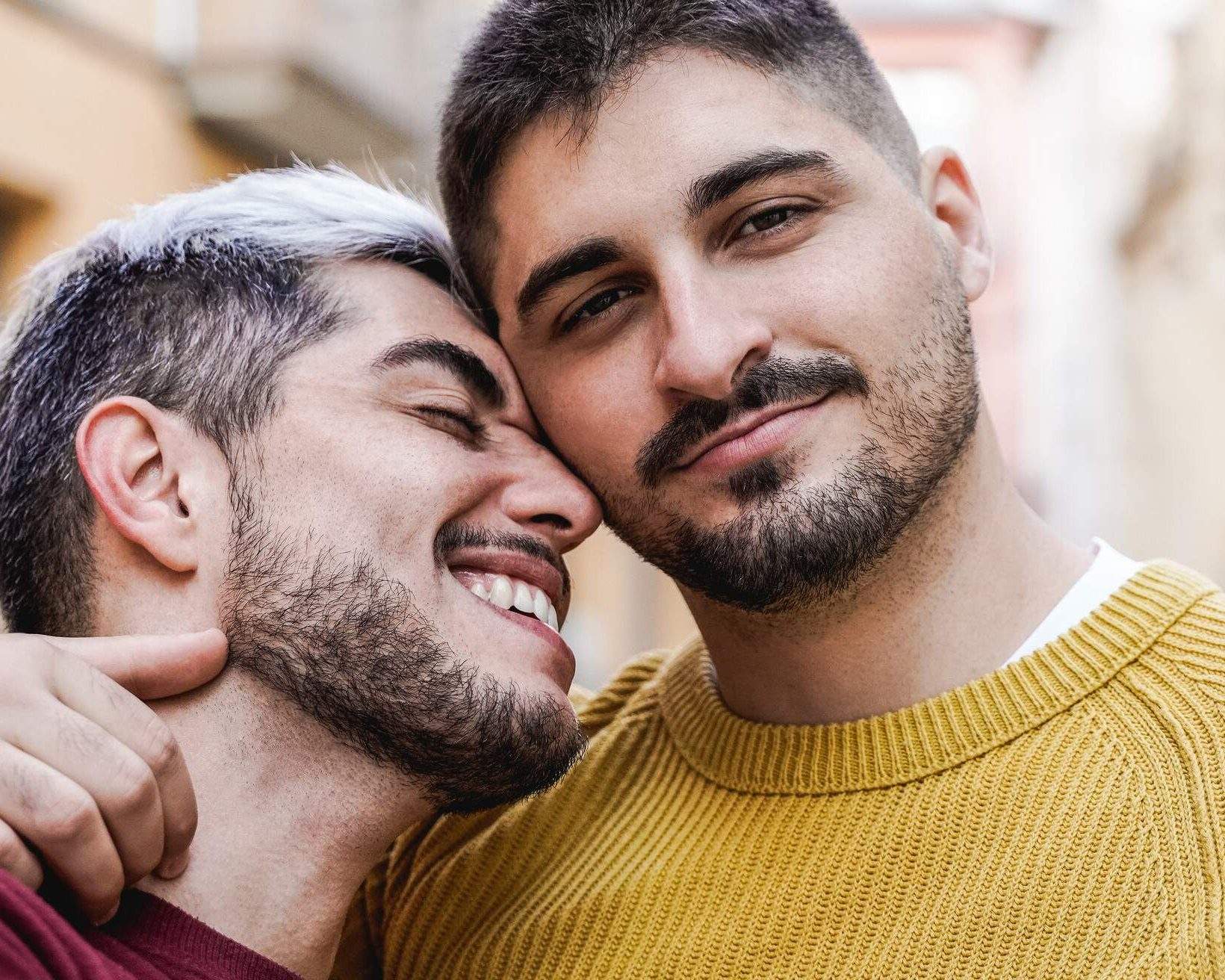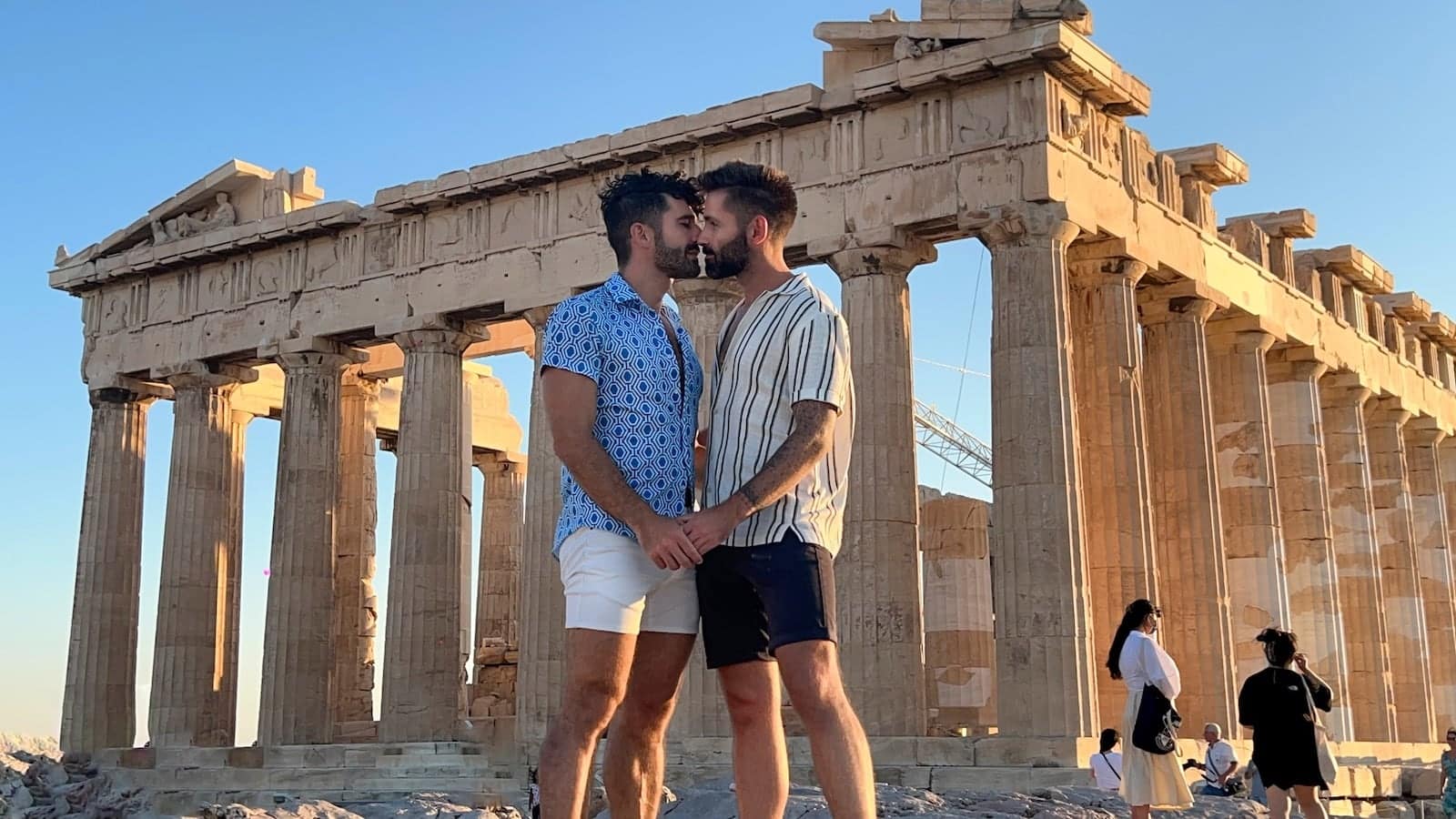Gay Identity And Digital Spaces - Exploring Connection
Humanized Version
Understanding identity and how people connect has always been a big part of human experience, you know. In a world that feels more linked up than ever, thanks to platforms like Twitter, the ways folks express who they are and find others like them are changing, quite a bit actually.
This means that conversations around personal identity, including what it means to be gay, often find a place in these broad digital environments. People share stories, seek community, and just generally exist online, and that's a pretty important aspect of modern life, isn't it?
So, whether it's about connecting with others, sharing experiences, or simply finding a space to be yourself, these digital avenues, like Twitter, play a role in how different parts of identity, including those that might be discussed as 'gay,' are expressed and understood.
- Kinzieboo Leak
- Krissy Lynn Twitter
- Missamberfields Onlyfans
- Chennedy Carter Twitter
- Tatted Up Holly Twitter
Table of Contents
- The Shifting Meaning of "Gay"
- What Does "Gay" Mean for People Today?
- Finding Your People - Community and Connection
- How Do Different Experiences Shape Identity, even on Twitter?
- Social Affiliation and Public Life
- Has the Public View of "Gay" Changed Over Time?
- Supporting Human Rights and Understanding Challenges
- What Are Some Ongoing Efforts for "Gay" People's Rights?
The Shifting Meaning of "Gay"
When we talk about the word "gay," it has a history that's kind of interesting, you know? It once described someone feeling lighthearted or cheerful, maybe even something that looked bright and showy. But, over time, that meaning really shifted, pretty significantly in fact.
Now, when most people use the word, it points to a person who is homosexual, or the quality of being homosexual, that's what it means today. It's often used as a direct stand-in for the word "homosexual" itself. This shift shows how language can change its focus, you know, reflecting different times and different ways people see things.
For example, a lot of the time, when someone says "gay," they're thinking specifically about men who are attracted to other men. It's a common way to describe that particular attraction, though it can sometimes be used more broadly, too it's almost a shorthand for a whole group of people.
What Does "Gay" Mean for People Today?
So, what does "gay" truly mean in our conversations today, particularly for individuals themselves? Well, it's about someone who feels a strong pull, whether it's physical, romantic, or just a deep emotional bond, towards people of the same gender. This is, you know, a very central part of their personal make-up.
And yet, it's often linked most directly with men who are attracted to other men, as we just talked about. But, the word itself is part of a bigger conversation about who people are attracted to. It's a way to describe a particular kind of connection that some people feel, and it's pretty important for how they understand themselves.
It's also worth thinking about how different cultures and different periods in history have looked at this. What it means to be "gay" has not always been the same everywhere, or at every point in time. People's experiences with their sexual orientation can vary a lot, depending on where they are and when they live, basically.
Finding Your People - Community and Connection
For many people, figuring out their sexual orientation, like knowing they are lesbian, gay, or bisexual, is something that takes time. Some folks, apparently, have a sense of it for a very long time, even from a young age. It's a personal journey, you know, and it unfolds differently for everyone.
And when we consider why someone is gay, that's something no one knows for sure. There's a common idea now that being gay is not something someone chooses. It's just a part of who they are, a deep-seated aspect of their identity, which is a pretty widely held belief.
These personal discoveries often lead to people seeking out others who share similar experiences. Finding a community, a group where you feel you belong, can be a really important step. It's about finding those social connections that make you feel seen and understood, which is something we all look for, isn't it?
How Do Different Experiences Shape Identity, even on Twitter?
When you think about how people live their lives, especially those who are lesbian, gay, or bisexual, their experiences can be incredibly varied. No two people have the exact same path, and their sexual orientation plays out in many different ways for each person. This is true whether they are interacting in person or, you know, online, perhaps even on Twitter.
Some people find a lot of support and acceptance, while others might face real challenges. These different paths shape how someone sees themselves and how they interact with the world around them. It's about the everyday moments, the bigger life events, and how their identity fits into all of that, in a way.
Online spaces, like Twitter, can become places where these varied experiences are shared. People might talk about what it's like to be gay, to find others, or to deal with societal views. These platforms offer a way for people to connect over shared parts of their identity, or to just talk about what's on their minds, you know, in a more public forum.
Social Affiliation and Public Life
Sexual orientation isn't just about who someone is attracted to; it also shapes how they connect with others and what groups they might be a part of. It's about the social ties and affiliations that naturally come from that attraction. This can mean joining specific groups or just finding friends who share similar life paths, which is pretty common for many people.
For example, the term LGBTQIA+ is a way to describe a broader group of people who share these experiences. It stands for lesbian, gay, bisexual, transgender, queer or questioning, intersex, asexual, and more. These terms help describe someone's sexual orientation or their gender identity, which is actually quite helpful for clarity.
This wider collection of terms shows how our understanding of identity has grown over time. It acknowledges that there are many different ways people experience who they are and who they are drawn to. It's about recognizing the full spectrum of human experience, basically, and giving words to those experiences.
Has the Public View of "Gay" Changed Over Time?
The public's general view of "gay" people, and related identities, has certainly changed over the years, hasn't it? We've seen shifts in how societies and governments treat these topics. For instance, the Netherlands was among the first countries to recognize gay marriage, followed by Belgium, Spain, and Canada. This was a really big step for many.
But even with these legal changes, the idea of recognizing gay marriage, especially by religious groups and governments, has continued to cause a lot of discussion and disagreement around the world. It shows that even when laws change, people's opinions can take a while to catch up, or they might remain divided, you know.
There have also been moments that highlight the ongoing struggles. For instance, the sad news of Muhsin Hendricks, an openly gay imam and activist, being killed in South Africa, really brings home the challenges some individuals still face. These events remind us that the path to full acceptance is still, unfortunately, a work in progress for many, in some respects.
Supporting Human Rights and Understanding Challenges
Organizations like Human Rights Watch are doing important work to support the rights of lesbian, gay, bisexual, and transgender people. They work with activists who represent many different identities and concerns. It's about making sure everyone has basic human rights, regardless of who they are or who they love, which is a pretty fundamental idea.
Reports have also brought to light the difficulties faced by these communities. For instance, a report from 2011, called "Injustice at Every Turn," confirmed that transgender people and gay and lesbian people often face unfair treatment. It really showed how widespread these issues could be, you know, across different parts of life.
And when we think about health matters, gay and bisexual men have, unfortunately, been affected more than others by certain health conditions, like HIV/AIDS. There's been a long-standing, and often wrong, idea that these conditions are only linked to gay and bisexual men, which has caused its own set of problems, obviously.
What Are Some Ongoing Efforts for "Gay" People's Rights?
Governments and various groups around the world continue to discuss and act on the rights of "gay" people and other LGBTQIA+ individuals. For example, during a review cycle in 2020, countries like Iceland, Belgium, France, and Malta made recommendations to the United States regarding human rights for these groups. It shows a global conversation happening, basically.
Sometimes, new government orders can change how things work for these communities. We've seen examples of orders that affect things like whether transgender people can serve in the military, or how certain rights are advanced. These policy shifts can have a real impact on people's lives, you know, for better or worse.
And then there are situations where countries move in the opposite direction, making things harder. For instance, Hungary recently passed a law that makes things very difficult for lesbian, gay, bisexual, and transgender people, even making public pride events illegal. These kinds of actions show that the fight for rights is still very much ongoing, and there are setbacks, too it's almost a constant push and pull.
- Cheating Gf Twitter
- Chennedy Carter Twitter
- Ekane Big Moose Twitter
- Homemade Gay Sex Twitter
- Ts Big Momma

A green oasis in the gay district of Milan - Mitown

Gay in San Francisco: Everything LGBTQ travellers need to know | KAYAK

Gay Travel Guide to Amman • Nomadic Boys